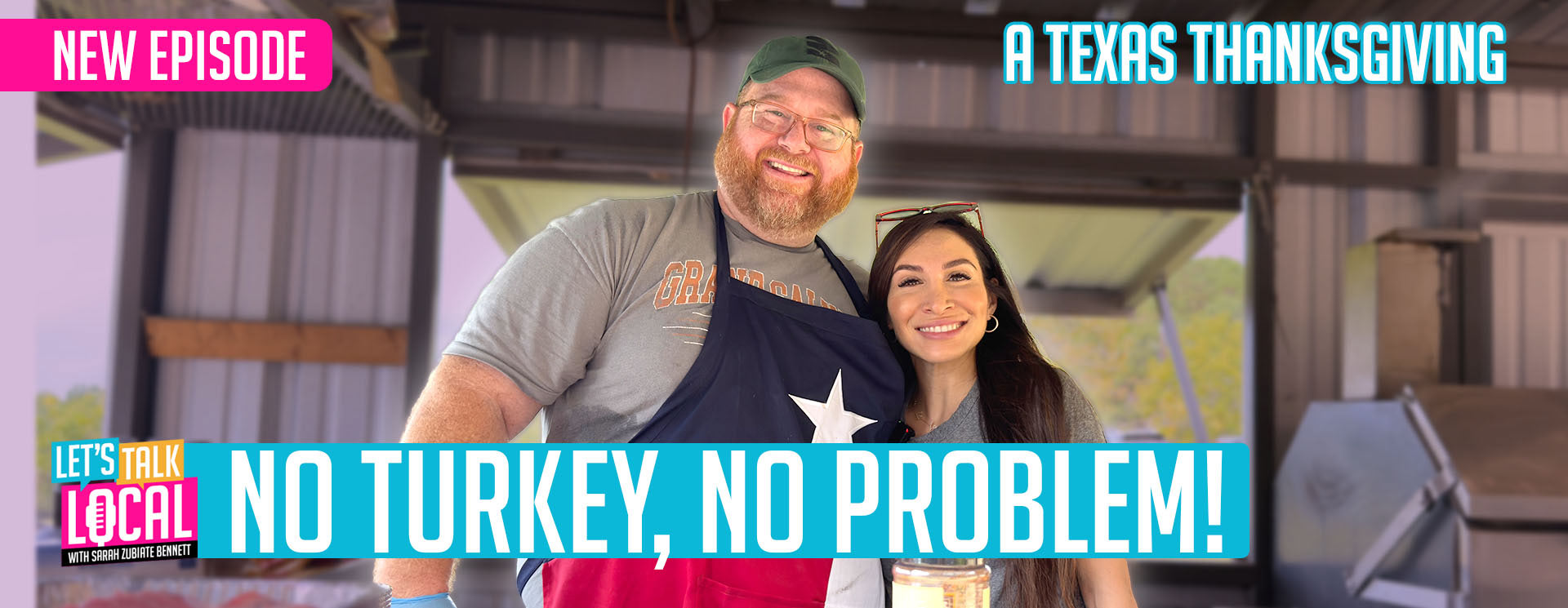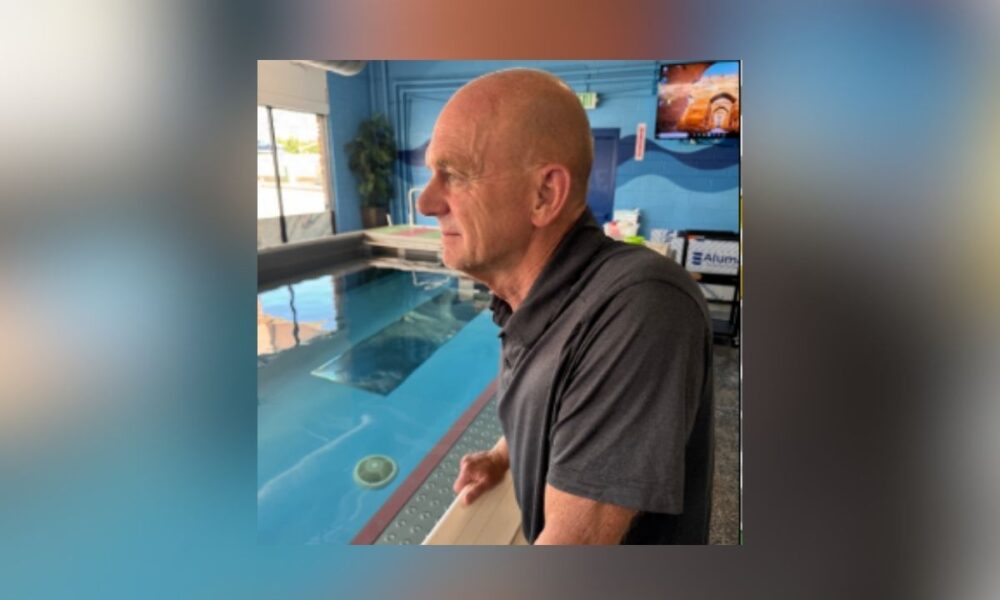Olympic gold medalist Rowdy Gaines is sharing swimming advice for older adults and those returning to the pool after a long absence, emphasizing patience and proper technique over raw power.
The 66-year-old swimming legend, who won three golds at the 1984 Los Angeles Games, recently spoke with the Associated Press in Salt Lake City.
His recommendations come as more people seek low-impact exercise options that provide full-body workouts suitable for all ages.
“Of course I’m biased, but I will stack swimming against any other exercise out there, especially as we age,” Gaines said. “And swimming is one of the few sports you can do forever.”
The NBC swimming commentator, often referred to as the “voice of swimming,” provided specific guidance for beginners and returning swimmers.
For technique, Gaines emphasizes long, smooth strokes rather than short, choppy movements. Freestyle swimmers should keep their heads aligned with their bodies.
“Water rewards efficiency,” said Gaines. “It has nothing to do with power. I think a lot of first-timers feel like they have to power their way through the water, and that is not true.”
Building endurance requires patience, he stressed. Start with 200-yard workouts, swimming 25 yards, followed by rest periods.
“You don’t want to overdo it to start with and then get frustrated and think you can’t do it,” he said. “You need to increase your total distance little by little.”
The optimal schedule is 20-30 minute sessions, three times a week.
“Three days a week is the sweet spot,” Gaines explained. “If you are doing less than three days a week, it’s really tough to develop the consistency you need.”
Injury prevention involves proper warm-ups, stretching, and shoulder exercises before entering the water. Gaines distinguishes between normal fatigue and actual pain.
“You have to listen to any pain,” Gaines said, per AP. “Pain is a lot different than fatigue or strain. Pain is real. If you are feeling fatigue and strain, that’s good. If you are feeling pain, that’s bad.”
Mentally, swimmers should focus on comfort rather than fighting the water. Gaines suggests varying workouts with different strokes, distances, and training aids, such as fins or paddles.
“Learn to feel the water,” he said. “The small goal of just feeling the water is much more important than many other things. Swimming is not easy. You are not always going to feel good swimming. But you are going to feel great when you’re done.”
Even Gaines admits ambivalence about the actual swimming.
“I really don’t like to swim, but I love the feeling of being done,” he revealed. “I crave that feeling when I get out of the water. It’s the endorphins. It’s definitely mental for me.”
He currently swims six days weekly, covering 2,000-2,500 yards with 40% freestyle and 20% each of backstroke, breaststroke, and kicking.
“You want to have variety for that recreational swimmer because swimming can be boring,” Gaines said, AP reported. “However, swimming can almost be meditation, even for that three-day a week, recreational swimmer.”
His 90-year-old father, Buddy, exemplifies the lifelong appeal of swimming. After a seven-decade hiatus from serious swimming, he’s training for an upcoming masters meet.
Gaines, who set 10 world records between 1978 and 1984, missed potential medals when the United States boycotted the 1980 Moscow Olympics. He bridged the gap between Mark Spitz and Michael Phelps in American sprinting history.


